Choosing between native and cross-platform development directly affects how quickly your app can be built and its overall performance. Here’s a quick breakdown:
- Native Development: Uses platform-specific languages (Swift/Objective-C for iOS, Kotlin/Java for Android). It offers better performance, direct hardware access, and precise platform integration but requires separate codebases for each platform, making it slower to develop.
- Cross-Platform Development: Uses frameworks like Flutter or React Native to create apps for multiple platforms from a single codebase. It’s faster and cost-effective but may face performance limitations, especially for complex or hardware-intensive apps.
Quick Comparison Table
| Aspect | Native | Cross-Platform |
|---|---|---|
| Initial Development Time | 4-6 months per platform | 2-4 months for all |
| Debugging Efficiency | High (platform-specific tools) | Moderate (shared codebase) |
| Performance Optimization | Best (direct hardware access) | Limited by framework |
| Maintenance Effort | Higher (multiple codebases) | Lower (single codebase) |
| Platform Feature Access | Immediate | Delayed (framework updates) |
Key Takeaway: Go native for performance-heavy apps (e.g., gaming, AR, IoT). Choose cross-platform for faster, cost-efficient development of simpler apps.
Flutter vs React Native vs. Swift/Kotlin In 5 Minutes

Factors Affecting Development Speed
The speed of mobile app development depends on several factors, which differ between native and cross-platform approaches. Knowing these can help teams choose the best development strategy.
Codebase and Time
Managing the codebase plays a big role in how long development takes. Cross-platform development relies on a single codebase, which can reduce costs by up to 40% and speed up the launch process [3]. On the other hand, native development requires separate codebases for each platform. While this takes more time, it allows for platform-specific fine-tuning, which is critical for certain apps. That said, the shared codebase in cross-platform development can introduce extra challenges during testing and debugging.
Testing, Debugging, and Retesting
Native development requires testing on each platform individually, but it shines when it comes to debugging. Developers have direct access to platform-specific tools, making it easier to identify and fix issues. This is especially helpful for apps with complex features or performance concerns. Faster debugging can lead to a more reliable app that’s ready for launch sooner.
Complexity and Performance
The complexity of an app directly impacts how fast it can be developed, and native and cross-platform approaches handle these challenges differently. Native development often works better for apps with demanding performance and advanced features.
| Application Type | Native Development | Cross-Platform Development |
|---|---|---|
| Simple Apps | Slower initial development | Faster development, a good fit |
| Complex Apps | Better long-term efficiency | May face performance limitations |
| Hardware-Intensive Apps | Best for high performance and direct hardware access | Requires more effort for optimization |
For apps that rely heavily on hardware, like gaming or augmented reality, native development is usually the better choice. Features such as 3D scanning, AR, or blockchain often need native development to ensure smooth performance and proper hardware integration. This is especially true for industries like healthcare and manufacturing, where technical precision and reliability are non-negotiable.
The app’s complexity and performance needs should ultimately guide the decision between native and cross-platform development.
Development Speed: Native vs Cross-Platform
Cross-Platform: Faster Development
Cross-platform development speeds things up by allowing developers to use a single codebase for multiple platforms. This eliminates the need for separate teams and simplifies the process. But this speed comes with a catch. Apps built this way can struggle with performance, especially when handling hardware-heavy tasks or complex animations. Plus, relying on external plugins can slow down access to platform updates or delay fixes for performance issues [1].
While cross-platform methods save time, native development focuses on delivering precision and top-notch performance.
Native: Slower but Reliable
Native development takes more time because it requires separate codebases for each platform. However, it’s a must for apps that need exceptional performance or seamless integration with hardware [1]. Developers working natively can directly access platform-specific APIs and hardware, enabling them to fine-tune applications for peak performance. Though initial development is slower, debugging and maintenance are often smoother thanks to the availability of specialized platform tools [2].
Here’s a quick comparison to break it down:
Comparison Table: Native vs Cross-Platform
| Development Aspect | Native Development | Cross-Platform Development |
|---|---|---|
| Initial Development Time | 4-6 months per platform | 2-4 months for all platforms |
| Debugging Efficiency | High (platform-specific tools) | Moderate (additional debugging layers) |
| Performance Optimization | Direct hardware access | Limited by framework capabilities |
| Maintenance Effort | Higher (multiple codebases) | Lower (single codebase) |
| Platform Feature Access | Immediate | Delayed (framework updates needed) |
The right choice depends on your project’s needs. If you’re building a performance-heavy app or one that relies on advanced hardware features, the extra time for native development is worth it. On the other hand, if your goal is to reach a wide audience quickly with less demanding performance requirements, cross-platform development is the way to go [2][3].
sbb-itb-7af2948
Choosing the Right Development Approach
Performance, Budget, and Timelines: What to Consider
When deciding between native and cross-platform development, performance often takes center stage. Some apps simply demand the advanced capabilities that only native development can deliver, such as:
- 3D scanning and augmented reality
- Complex hardware integration
- Graphics-heavy processing
- Medical imaging tools
- IoT device communication [2]
On the other hand, cross-platform development can be a good option for projects with standard features and tight schedules. But keep in mind, highly complex apps may still need extra optimization, which can eat into those initial time savings [2][4].
Here’s a quick breakdown to guide your decision:
- Performance-critical apps (e.g., healthcare, IoT): Go native.
- Standard business apps with strict deadlines: Cross-platform works.
- Apps needing instant access to platform-specific features: Stick with native.
- Budget-friendly projects with basic functionality: Cross-platform is a fit [4].
How Sidekick Interactive Can Help

Navigating these choices can be tricky, but expert advice can make all the difference. Sidekick Interactive specializes in aligning technical needs with broader business goals, especially for industries like healthcare and IoT. Their focus on performance-driven apps, including projects involving 3D scanning and Apple Vision Pro, highlights the strengths of native development in handling complex technical demands.
For healthcare apps that rely on medical device integration, native development ensures accurate hardware communication and precise data handling. Sidekick’s expertise in crafting solutions for such high-stakes environments underlines the impact of selecting the right development strategy for success in demanding fields [4].
Conclusion and Key Points
Pros and Cons Summary
Native and cross-platform development cater to different priorities, influencing both development speed and app performance. Cross-platform development speeds up delivery by reusing code, while native development focuses on performance and dependability.
Native development is ideal for scenarios like:
- Graphics-heavy apps or those with complex hardware needs
- Healthcare and IoT applications requiring high accuracy
- Advanced functionalities, such as 3D scanning and medical imaging [3]
Aligning Strategy with Goals
To choose the right approach, it’s essential to align your development strategy with your business objectives. The success of your app depends on picking the method that suits your project’s specific needs and future plans.
| Business Priority | Recommended Approach | Key Consideration |
|---|---|---|
| High Performance | Native | Best for intricate features and hardware requirements |
| Fast Deployment | Cross-Platform | Speeds up development with a shared codebase |
| Budget Efficiency | Cross-Platform | Lowers development costs |
Your decision impacts both the immediate results and the long-term maintainability of your app. Cross-platform tools simplify upkeep by using a single codebase, while native development allows for fine-tuned platform-specific improvements [3].
Frameworks like Flutter and React Native have made cross-platform apps more competitive in terms of performance for general use. However, native development still leads when it comes to specialized, high-performance needs [4]. Understanding these differences helps businesses strike the right balance between speed, cost, and performance, ensuring the app meets user expectations and operational goals.
Choosing between native and cross-platform development should always reflect the project’s immediate demands and the company’s broader objectives.
FAQs
Should I go native or cross-platform?
The choice between native and cross-platform development boils down to your project’s specific needs. Here’s a quick breakdown:
Go native if your app needs:
- High performance for hardware-heavy tasks like AR or 3D scanning.
- Access to platform-specific features for industries like healthcare or IoT.
- Precision and reliability for specialized solutions.
Choose cross-platform if you need:
- A faster launch across multiple platforms.
- A cost-effective approach with a single codebase.
- Standard functionality without complex technical demands.
For apps with advanced requirements, such as medical imaging or IoT, native development often provides the reliability and precision required. Companies like Sidekick Interactive excel in these areas, showcasing how native solutions can meet demanding industry standards.
Here’s a quick comparison to help you decide:
| Focus Area | Best Choice |
|---|---|
| Performance & Hardware Needs | Native |
| Quick Launch & Lower Budget | Cross-Platform |
| Complex Technical Demands | Native |
| Standard Business Features | Cross-Platform |
Balancing cost, speed, and performance with your app’s goals will guide your decision [1][2][4].

